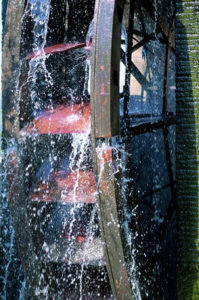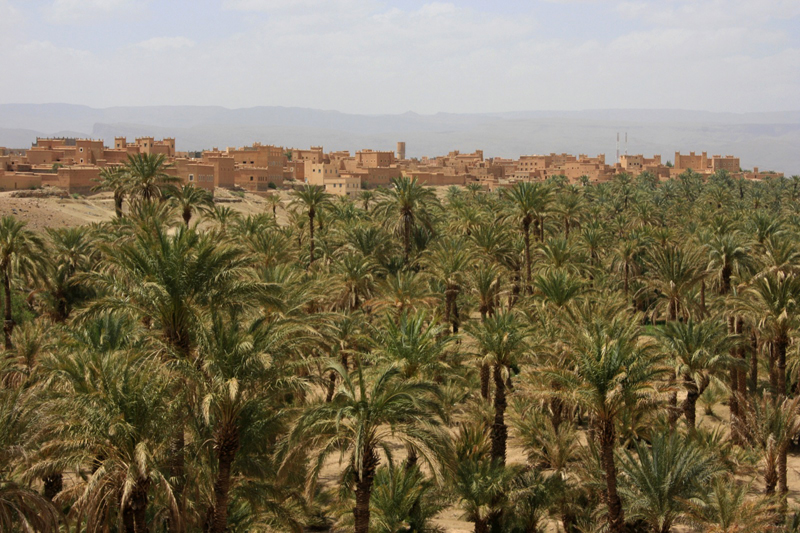 One of the characteristics of Islamic civilisation since early times has been its special admiration of nature and landscapes as shown in writings, art and ornaments. To bring nature into everyday life, making it convenient and accessible, Muslims created beautiful gardens such as those that are still today being enjoyed in Spain, Syria, Turkey, Iran and the Maghreb. They also altered the natural landscape to benefit from it, but always in a respectful, balanced way. Some of the results – terraced plantations, rice fields, olive groves, vineyards, lagoons for fishing, pasturelands, orchards – still form part of the traditional Mediterranean landscape.
One of the characteristics of Islamic civilisation since early times has been its special admiration of nature and landscapes as shown in writings, art and ornaments. To bring nature into everyday life, making it convenient and accessible, Muslims created beautiful gardens such as those that are still today being enjoyed in Spain, Syria, Turkey, Iran and the Maghreb. They also altered the natural landscape to benefit from it, but always in a respectful, balanced way. Some of the results – terraced plantations, rice fields, olive groves, vineyards, lagoons for fishing, pasturelands, orchards – still form part of the traditional Mediterranean landscape.
In their gardens they used both native and exotic species, many of them brought from other parts of the Mediterranean, North Africa and the Near East. In addition to their ornamental value, such species were also much appreciated for their fruits, timber, resin and medicinal properties. Aesthetics were thus combined with practical aspects, and exotic plants were acclimatised for both agronomic and therapeutic purposes. Gardens, orchards and properties often reflected the power and nobility of those in authority so they became increasingly beautiful and complex, leading to one of the most exciting periods in the history of gardening and agriculture.
Scientific know-how
Islamic gardens and those of Al-Andalus made a great cultural contribution and were based on high standards of technical and scientific know-how, not only for cultivation but also, and especially, with regard to water management, biological pest and disease control and balanced use of farming land and natural fertilisers.
 This general management model would today be described as “organic”. It ties in perfectly with today’s concern for proper use and conservation of biodiversity and with the sustainability criteria that form today’s paradigm for the relation between man and natural resources.
This general management model would today be described as “organic”. It ties in perfectly with today’s concern for proper use and conservation of biodiversity and with the sustainability criteria that form today’s paradigm for the relation between man and natural resources.
The programme entitled “Med-O-Med, Cultural Landscapes of the Mediterranean and the Middle East” has been drawn up to celebrate and preserve this rich heritage. In view of the lack of centres for research and initiatives creating environmental awareness in the Islamic countries in these regions, Med-O-Med offers a tool for international cooperation in the field of preservation of landscape diversity. Med-O-Med works to encourage respect for nature, as the foundation for the human beings who inhabit it, as well as respect for the identity of people through interaction with the environment.
- Med-O-Med aims to protect the environment, and to preserve natural and cultural heritage and biodiversity as essential elements for knowledge of Islamic civilisation and identity, this being the main axis for its actions.
- Med-O-Med has devised a programme for international cooperation through cultural landscapes. Cultural landscapes thus become an innovative tool for raising awareness about the environment and how to protect it.
- Cultural landscapes are a key instrument in the search for a common idiom, a channel for dialogue and for the bringing together of cultures and a space for peace.
Definition of cultural landscapes
This post is available in: English Español

